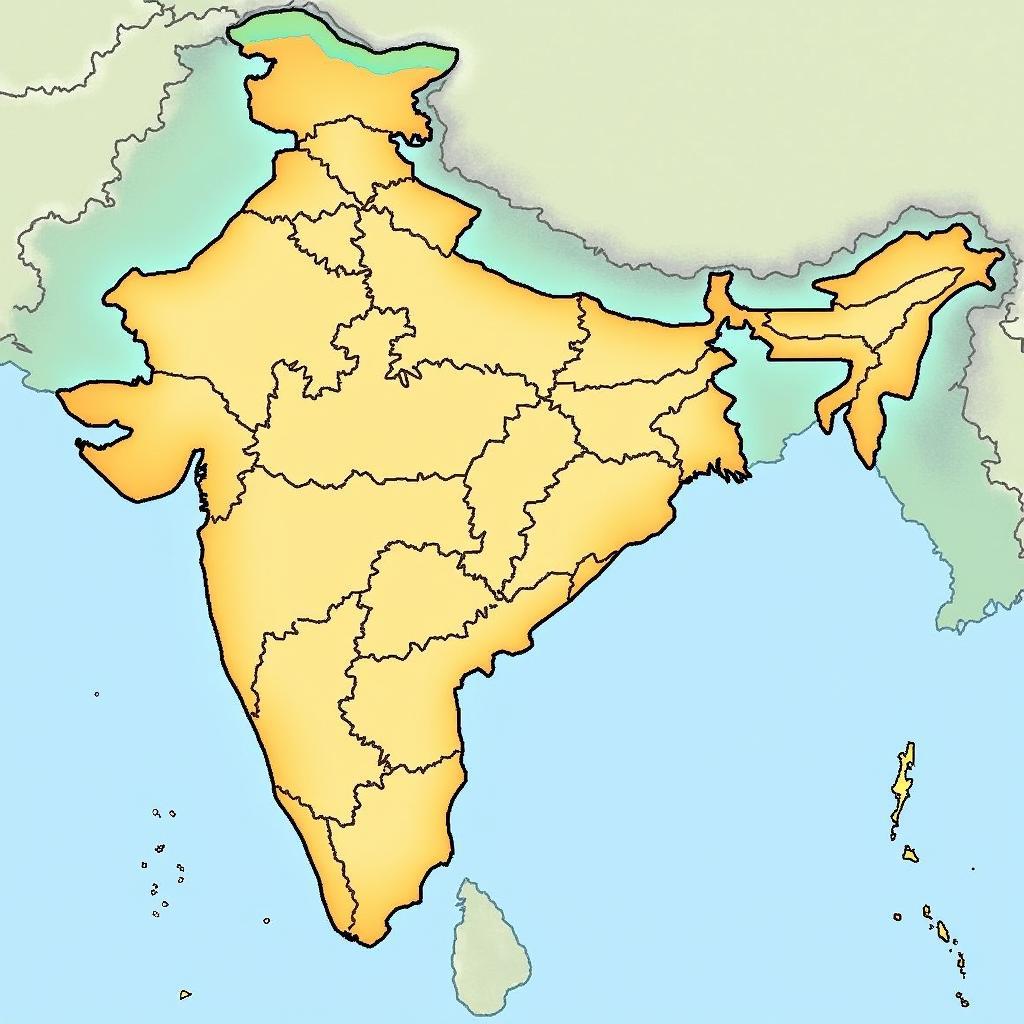African Tribe Neck Rings: A Symbol of Beauty and Identity
The tradition of wearing neck rings, also known as neck coils, is a fascinating cultural practice found in some African tribes. This custom, often misunderstood, holds deep cultural significance and is an integral part of their identity and heritage.
The Significance Behind the Rings
While many associate neck rings solely with elongated necks, their symbolism extends far beyond physical appearance. They represent a tribe’s ideals of beauty, wealth, social standing, and a deep connection to their ancestors.
- Beauty and Femininity: In many cultures, a long, slender neck is considered a sign of beauty and femininity. The rings, often made of metal like brass or copper, accentuate the neck, creating the desired aesthetic.
- Wealth and Status: The number and design of the rings can indicate a woman’s social standing or the wealth of her family. More elaborate rings signify greater prosperity and prestige within the community.
- Spiritual Connection: The rings are believed by some tribes to protect women from evil spirits and bring good luck. Their circular shape often represents the cycle of life and the interconnectedness of generations.
Tribes That Practice Neck Ring Traditions
The practice of wearing neck rings is not widespread across Africa but is specific to certain ethnic groups, most notably:
- The Ndebele People of South Africa: Known for their vibrant art and beadwork, Ndebele women often wear neck rings as a significant part of their traditional attire, especially during ceremonies and celebrations.
- The Red Karen of Thailand and Myanmar: Although not technically in Africa, this group is worth mentioning as their tradition of neck rings is well-documented. They believe the rings protect women from tiger attacks and enhance their beauty.
Dispelling the Myths: How Neck Rings Work
There’s a common misconception that neck rings actually stretch the neck. This isn’t entirely accurate. While the rings create the illusion of an elongated neck, they primarily work by pushing down on the collarbone and compressing the rib cage over time. This compression gives the appearance of a longer neck without actually lengthening the vertebrae.
It’s crucial to understand that the process of wearing neck rings is gradual, starting in childhood with just a few rings. As a girl grows, more rings are added, slowly adjusting the body to their weight and pressure.
The Future of the Tradition
In our modernizing world, the practice of wearing neck rings is facing challenges. Younger generations, influenced by globalization and changing beauty standards, are opting out of the tradition. However, many tribes are striving to preserve their cultural heritage, recognizing the neck rings as a powerful symbol of their identity and history.
“The neck rings are more than just adornments,” says Dr. Abeni Masulu, a cultural anthropologist specializing in Southern African tribes. “They are a visual representation of a woman’s life story, her lineage, and her place within the community. It’s vital that we approach this tradition with respect and understanding, appreciating the deeper cultural significance it holds.”
Conclusion
The tradition of wearing neck rings in some African tribes is a complex and fascinating custom. Far from being merely decorative, these rings embody deep cultural meanings, representing beauty, status, and a spiritual connection to ancestors. While the future of this tradition remains uncertain, understanding its significance and history helps us appreciate the diverse and rich cultural tapestry of our world.



